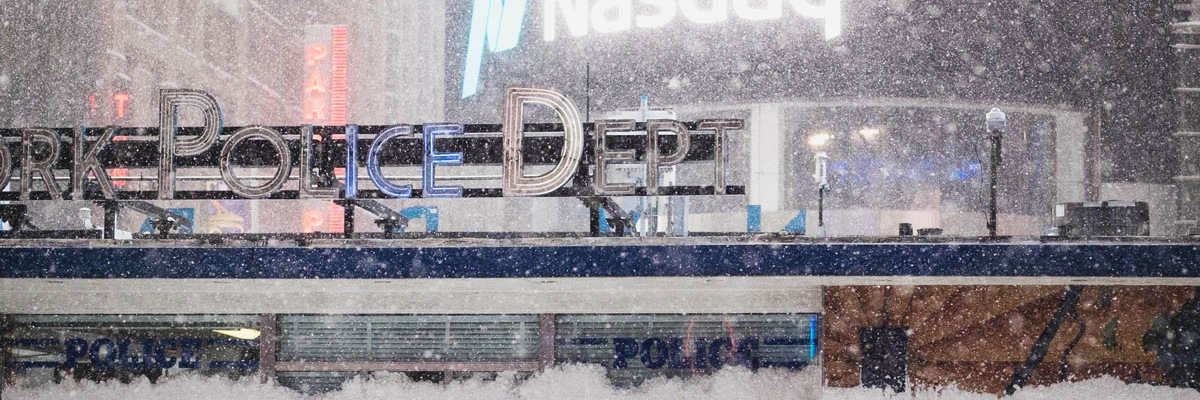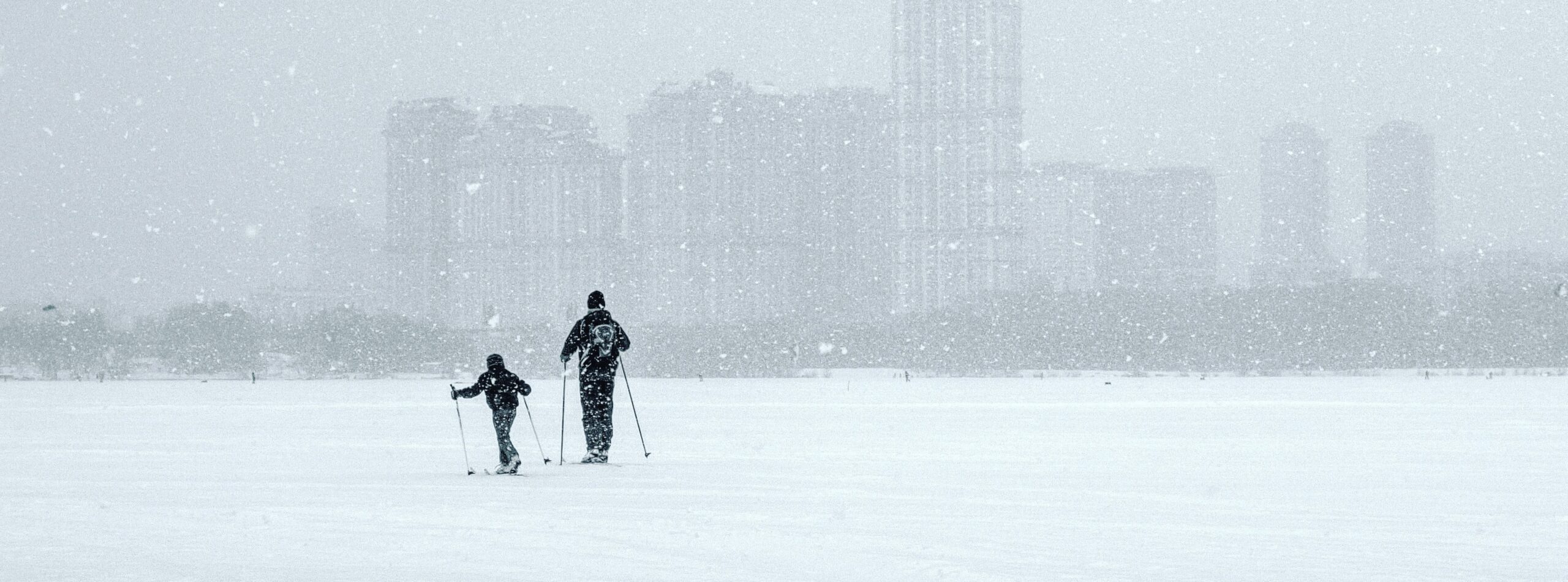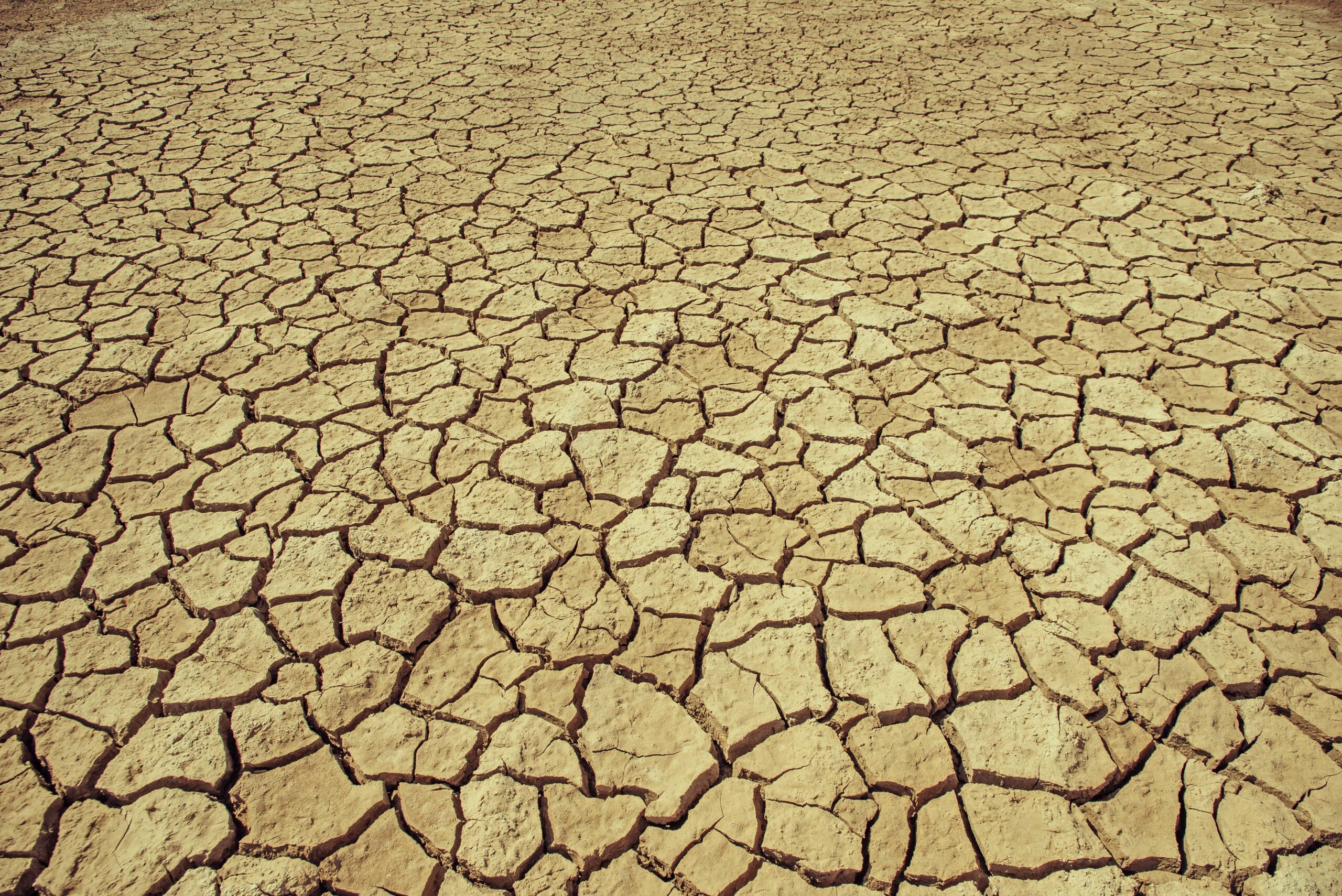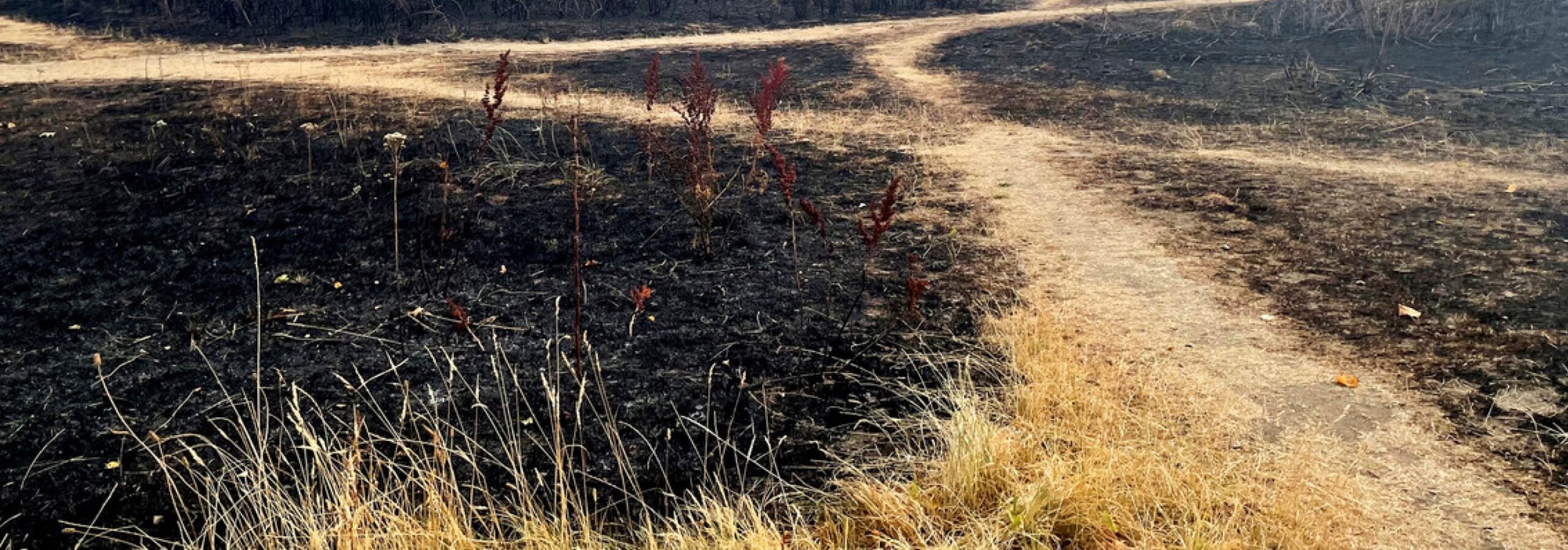Forecast record low temperatures were been framed as either evidence against global warming in general or that cold air outbreaks are increasing due to climate change. WWA presents a quantitative study of the current cold air outbreak. WWA researchers compute how rare the outbreak is and how it is affected by human-caused greenhouse gases. The analysis uses the same methods as WWA used in the peer-reviewed analysis of the cold extremes in the Midwest in the winter of 2013 – 2014 (van Oldenborgh et al, 2015).
First, what is going on? The map below (Figure 1a) shows the daily mean temperature forecast for December 8th compared to the 1981–2010 average. Cold air (blue) is seen to flow south from Alaska down to the Rocky Mountains. The map highlights the day the coldest air extends farthest south.

A few days later the cold air is forecast to reach all the way down to the Southeast as shown below (Figure 1b), but with less intensity. Western Canada remains cold throughout.

Such “cold air outbreaks” are a common occurrence in winter in North America. To determine how rare such an event is we consider two stations that are forecast to be in the center of the cold weather: Boulder, Colorado and New Orleans, Louisiana. Both these stations have daily observations going back to 1893, albeit with a few missing years.
The Boulder forecast for daily mean temperature on 8 December is 3.9ºF (-15.6 ºC). This is definitely a cold day, but not very unusual there: the coldest day of the winter is on average 3.4ºF (-15.9 ºC). Almost every other year has a day that is colder than today’s forecast. There is a positive trend in the temperature of the coldest day in the year (Figure 2), but because of the big differences in weather from year to year it is not significantly different from zero.

In New Orleans (Figure 3), the forecast for 10 December is a daily mean temperature of just 45ºF (7.2 ºC). This is nothing unusual, it gets colder than that every winter. The coldest day of the year there has a very significant upward trend: cold extremes are now on average 3.2ºF (1.8 ºC) warmer than they were a century ago.

Cold air outbreaks are influenced by two main factors (de Vries et al., 2012): the frequency and intensity of cold northerly winds, and the temperature of the cold air from the Arctic. There are no indications that we are getting more, stronger or more persistent northerlies above the large variability from winter to winter (Screen & Simmonds 2013), whereas observations show that the temperature of the source regions of the cold air is increasing rapidly (Screen, 2014; van Oldenborgh et al., 2015).
Climate models confirm this analysis, showing a strong warming trend in coldest day of the year in the midlatitudes. In these models this also reflects the strong warming of the Arctic. They also show little influence of the sea ice extent on the circulation over North America. While some research suggests that cold air outbreaks could have become more frequent as a result of melting Arctic sea ice (Francis and Vavrus, 2012), the majority of studies find no influence of sea ice at all (e.g., references in Jung et al., 2015). A recent paper by Screen et al (2015) finds that decreasing sea-ice cover results in fewer cold extremes over central and eastern North America. That said, there is some evidence for the sea ice decline strengthening the Siberian high somewhat (Mori et al, 2014) leading to colder extremes in that region (Screen et al, 2015).
In conclusion: the cold air outbreak of the next few days is nothing unusual, and neither inconsistent with an overall picture of a warming world, nor evidence that global warming is making cold weather more extreme. Such cold air outbreaks are, in fact, decreasing in intensity both in observations and climate models primarily because the source of the cold air, the Arctic, is warming strongly.
References
Francis, J.A. and S.J. Vavrus (2012) Evidence linking Arctic amplification to extreme weather in mid-latitudes. Geophysical Research Letters, 39(6): L06801. doi: 10.1029/2012GL051000
Jung, T., Doblas-Reyes, F., Goessling, H., Guemas, V., Bitz, C., Buontempo, C., Caballero, R., Jakobson, E., Jungclaus, J., Karcher, M., Koenigk, K., Matei, D., Overland, J., Spengler, T. and Yang, S. (2015) Polar lower-latitude linkages and their role in weather and climate prediction. Bulletin of the American Meteorological Society, 96: ES197–ES200. doi: 10.1175/BAMS-D-15-00121.1
Mori, M., Watanabe, M., Shiogama, H., Inoue, J. and Kimoto, M. (2014) Robust Arctic sea-ice influence on the frequent Eurasian cold winters in past decades. Nature Geoscience, 7: 869–873. doi: 10.1038/ngeo2277
Van Oldenborgh, G.J., R. Haarsma, H. De Vries, en M.R. Allen. (2015) Cold extremes in North America vs. mild weather in Europe: the winter of 2013–14 in the context of a warming world. Bulletin of the American Meteorological Society, 96: 707–714, doi: 10.1175/BAMS-D-14-00036.1
Screen, J.A. and AI. Simmonds. (2013) Exploring links between Arctic amplification and mid-latitude weather. Geophysical Research Letters, 40: 959–964. doi: 10.1002/grl.50174
Screen, J.A. (2014) Arctic amplification decreases temperature variance in northern mid- to high-latitudes. Nature Climate Change, 4: 577–582. doi: 10.1038/nclimate2268
Screen, J. A., Deser, C. and Sun, L. (2015) Projected changes in regional climate extremes arising from Arctic sea ice loss. Environmental Research Letters, 10: 084006. doi: 10.1088/1748-9326/10/8/084006
de Vries, H., Haarsma, R. and Hazeleger, W. (2012) Western European cold spells in current and future climate. Geophysical Research Letters, 39: L04706.





